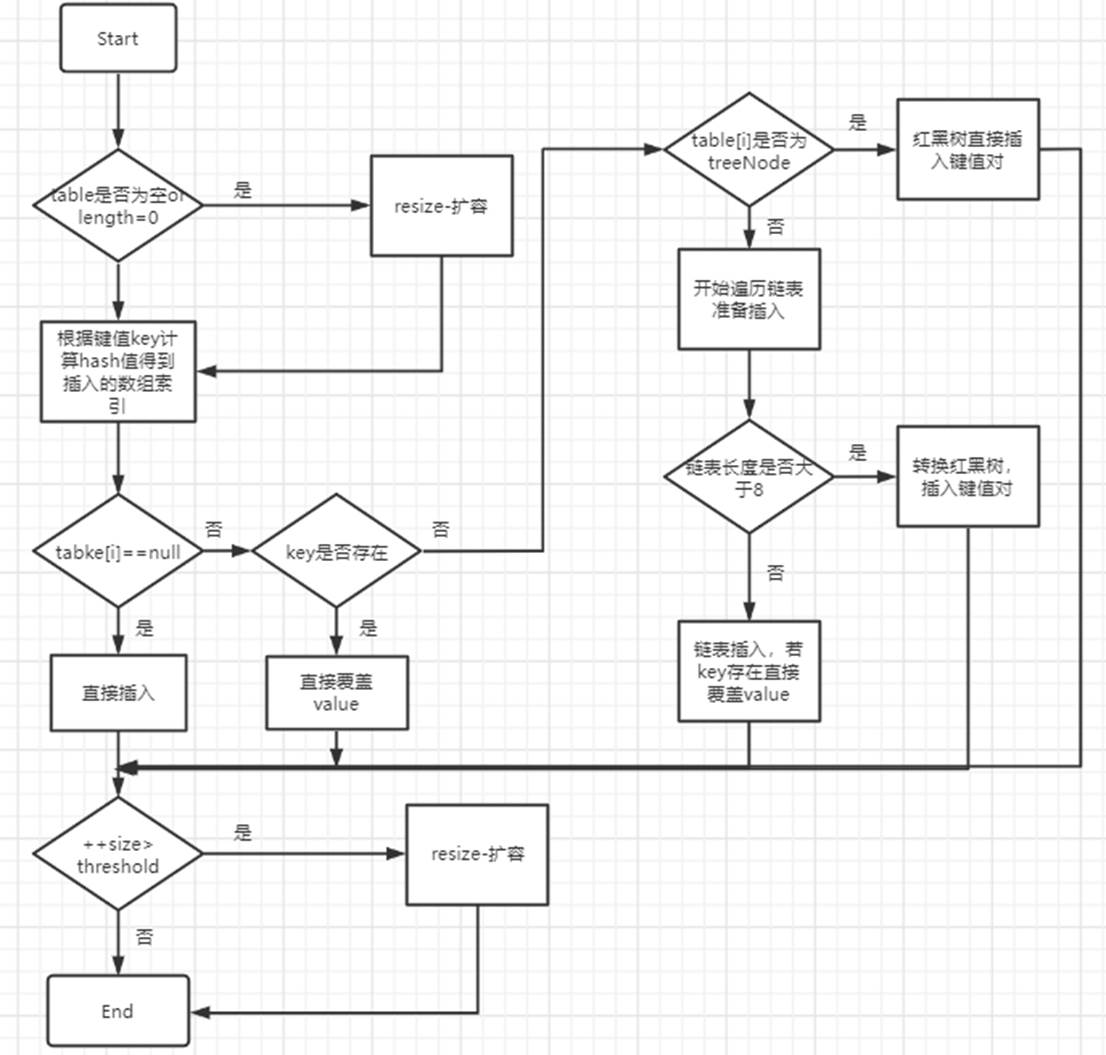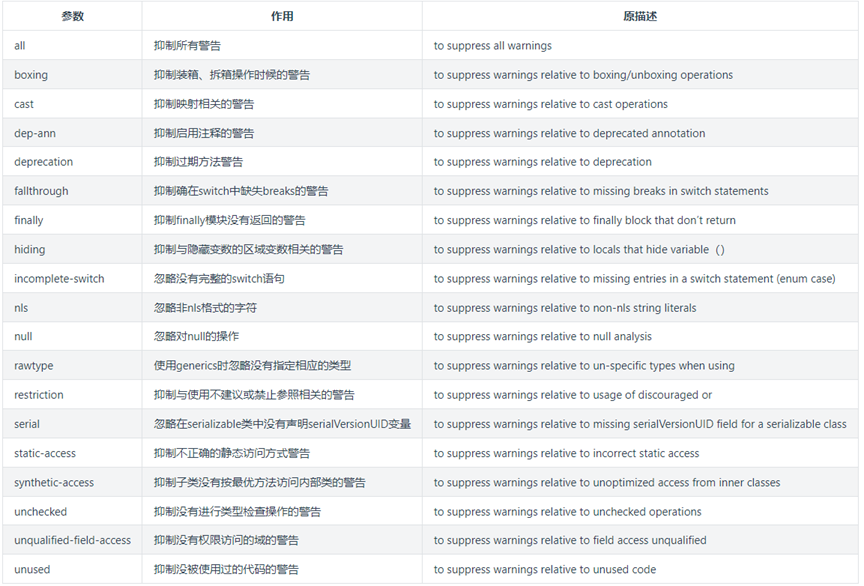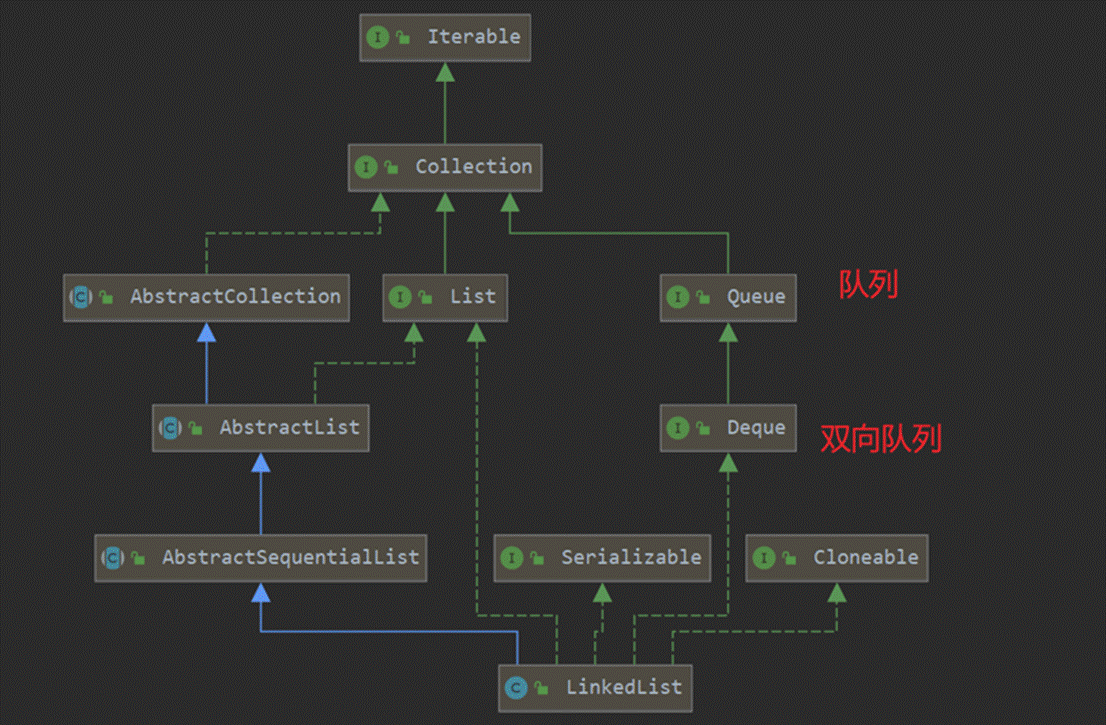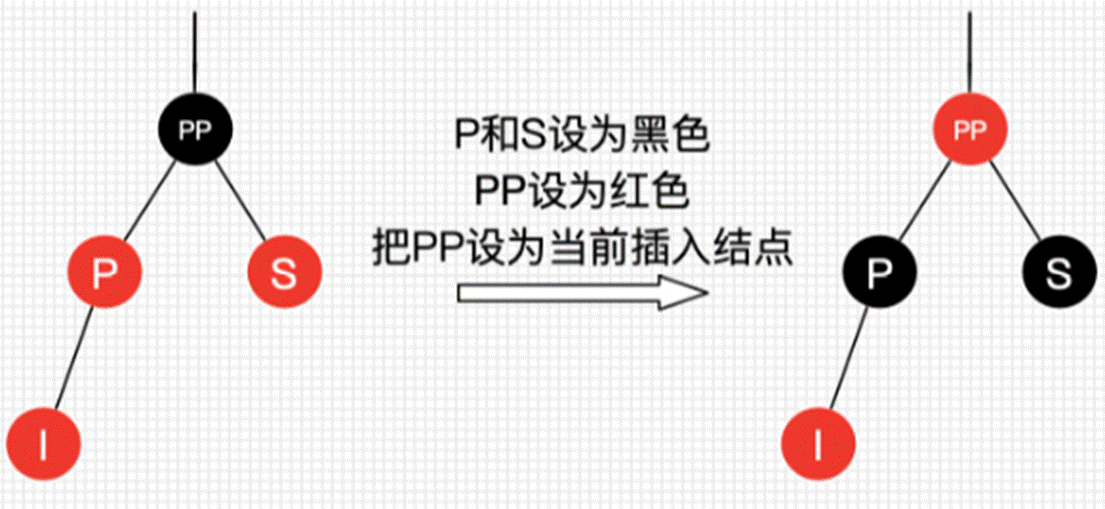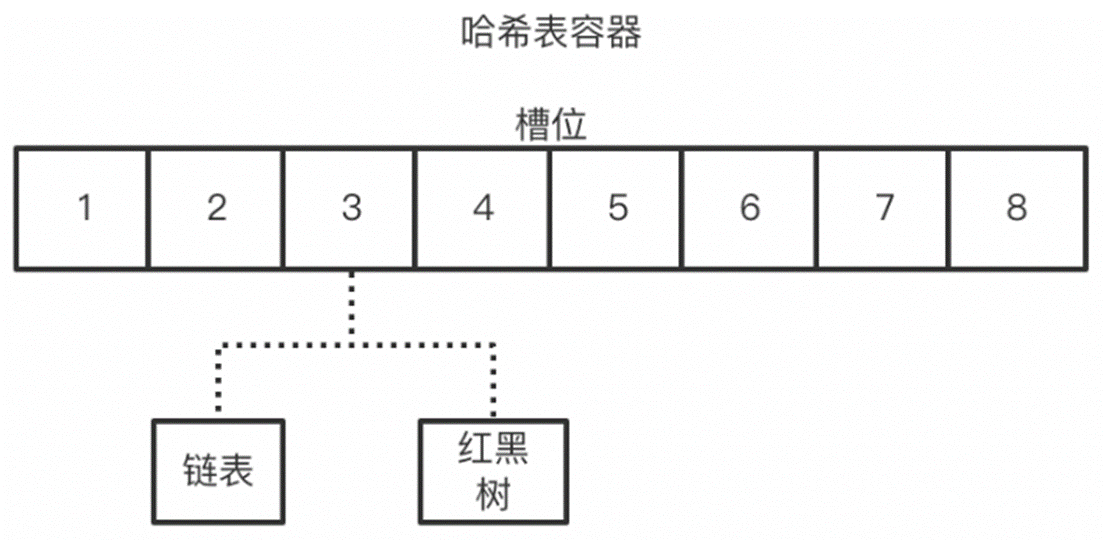这篇文章主要介绍了基于Spring Security的Oauth2授权实现方法,文中通过示例代码介绍的非常详细,对大家的学习或者工作具有一定的参考学习价值,需要的朋友们下面随着小编来一起学习学习吧
前言
经过一段时间的学习Oauth2,在网上也借鉴学习了一些大牛的经验,推荐在学习的过程中多看几遍阮一峰的《理解OAuth 2.0》,经过对Oauth2的多种方式的实现,个人推荐Spring Security和Oauth2的实现是相对优雅的,理由如下:
1、相对于直接实现Oauth2,减少了很多代码量,也就减少的查找问题的成本。
2、通过调整配置文件,灵活配置Oauth相关配置。
3、通过结合路由组件(如zuul),更好的实现微服务权限控制扩展。
Oauth2概述
oauth2根据使用场景不同,分成了4种模式
授权码模式(authorization code)
简化模式(implicit)
密码模式(resource owner password credentials)
客户端模式(client credentials)
在项目中我们通常使用授权码模式,也是四种模式中最复杂的,通常网站中经常出现的微博,qq第三方登录,都会采用这个形式。
Oauth2授权主要由两部分组成:
Authorization server:认证服务
Resource server:资源服务
在实际项目中以上两个服务可以在一个服务器上,也可以分开部署。
准备阶段
核心maven依赖如下
org.springframework.bootspring-boot-starter-webcom.fasterxml.jackson.datatypejackson-datatype-jodaorg.thymeleaf.extrasthymeleaf-extras-springsecurity4org.springframework.bootspring-boot-starter-thymeleaforg.springframework.bootspring-boot-starter-securityorg.springframework.security.oauthspring-security-oauth2org.springframework.bootspring-boot-starter-jdbcMysqLmysql-connector-javaorg.springframework.bootspring-boot-starter-data-jpa
token的存储主流有三种方式,分别为内存、redis和数据库,在实际项目中通常使用redis和数据库存储。个人推荐使用MysqL数据库存储。
初始化数据结构、索引和数据sql语句如下:
-- -- Oauth sql -- MysqL -- Drop table if exists oauth_client_details; create table oauth_client_details ( client_id VARCHAR(255) PRIMARY KEY, resource_ids VARCHAR(255), client_secret VARCHAR(255), scope VARCHAR(255), authorized_grant_types VARCHAR(255), web_server_redirect_uri VARCHAR(255), authorities VARCHAR(255), access_token_validity INTEGER, refresh_token_validity INTEGER, additional_information TEXT, autoapprove VARCHAR (255) default 'false' ) ENGINE=InnoDB DEFAULT CHARSET=utf8; Drop table if exists oauth_access_token; create table oauth_access_token ( token_id VARCHAR(255), token BLOB, authentication_id VARCHAR(255), user_name VARCHAR(255), client_id VARCHAR(255), authentication BLOB, refresh_token VARCHAR(255) ) ENGINE=InnoDB DEFAULT CHARSET=utf8; Drop table if exists oauth_refresh_token; create table oauth_refresh_token ( token_id VARCHAR(255), token BLOB, authentication BLOB ) ENGINE=InnoDB DEFAULT CHARSET=utf8; Drop table if exists oauth_code; create table oauth_code ( code VARCHAR(255), authentication BLOB ) ENGINE=InnoDB DEFAULT CHARSET=utf8; -- Add indexes create index token_id_index on oauth_access_token (token_id); create index authentication_id_index on oauth_access_token (authentication_id); create index user_name_index on oauth_access_token (user_name); create index client_id_index on oauth_access_token (client_id); create index refresh_token_index on oauth_access_token (refresh_token); create index token_id_index on oauth_refresh_token (token_id); create index code_index on oauth_code (code); -- INSERT DEFAULT DATA INSERT INTO `oauth_client_details` VALUES ('dev', '', 'dev', 'app', 'authorization_code', 'http://localhost:7777/', '', '3600', '3600', '{"country":"CN","country_code":"086"}', 'TAIJI');
核心配置
核心配置主要分为授权应用和客户端应用两部分,如下:
授权应用:即Oauth2授权服务,主要包括Spring Security、认证服务和资源服务两部分配置
客户端应用:即通过授权应用进行认证的应用,多个客户端应用间支持单点登录
授权应用主要配置如下:
application.properties链接已初始化Oauth2的数据库即可
Application启动类,授权服务开启配置和Spring Security配置,如下:
@SpringBootApplication @AutoConfigureAfter(JacksonAutoConfiguration.class) @Order(SecurityProperties.ACCESS_OVERRIDE_ORDER) @EnableAuthorizationServer public class Application extends WebSecurityConfigurerAdapter { public static void main(String[] args) { SpringApplication.run(Application.class, args); } // 启动的时候要注意,由于我们在controller中注入了RestTemplate,所以启动的时候需要实例化该类的一个实例 @Autowired private RestTemplateBuilder builder; // 使用RestTemplateBuilder来实例化RestTemplate对象,spring默认已经注入了RestTemplateBuilder实例 @Bean public RestTemplate restTemplate() { return builder.build(); } @Configuration public class WebMvcConfig extends WebMvcConfigurerAdapter { @Override public void addViewControllers(ViewControllerRegistry registry) { registry.addViewController("/login").setViewName("login"); } } @Override protected void configure(HttpSecurity http) throws Exception { http.headers().frameOptions().disable(); http.authorizeRequests() .antMatchers("/403").permitAll() // for test .antMatchers("/login", "/oauth/authorize", "/oauth/confirm_access", "/appManager").permitAll() // for login .antMatchers("/image", "/js/**", "/fonts/**").permitAll() // for login .antMatchers("/j_spring_security_check").permitAll() .antMatchers("/oauth/authorize").authenticated(); /*.anyRequest().fullyAuthenticated();*/ http.formLogin().loginPage("/login").failureUrl("/login?error").permitAll() .and() .authorizeRequests().anyRequest().authenticated() .and().logout().invalidateHttpSession(true) .and().sessionManagement().maximumSessions(1).expiredUrl("/login?expired").sessionRegistry(sessionRegistry()); http.csrf().csrftokenRepository(CookieCsrftokenRepository.withHttpOnlyFalse()); http.rememberMe().disable(); http.httpBasic(); } }
资源服务开启,如下:
@Configuration @EnableResourceServer protected static class ResourceServerConfiguration extends ResourceServerConfigurerAdapter { @Override public void configure(HttpSecurity http) throws Exception { http.antMatcher("/me").authorizeRequests().anyRequest().authenticated(); } }
OAuth2认证授权服务配置,如下:
@Configuration public class AuthorizationServerConfiguration extends AuthorizationServerConfigurerAdapter { public static final Logger logger = LoggerFactory.getLogger(AuthorizationServerConfiguration.class); @Autowired private AuthenticationManager authenticationManager; @Autowired private DataSource dataSource; @Bean public TokenStore tokenStore() { return new JdbcTokenStore(dataSource); } @Override public void configure(AuthorizationServerEndpointsConfigurer endpoints) throws Exception { endpoints.authenticationManager(authenticationManager); endpoints.tokenStore(tokenStore()); // 配置TokenServices参数 DefaultTokenServices tokenServices = new DefaultTokenServices(); tokenServices.setTokenStore(endpoints.getTokenStore()); tokenServices.setSupportRefreshToken(false); tokenServices.setClientDetailsService(endpoints.getClientDetailsService()); tokenServices.setTokenEnhancer(endpoints.getTokenEnhancer()); tokenServices.setAccesstokenValiditySeconds( (int) TimeUnit.MINUTES.toSeconds(10)); //分钟 endpoints.tokenServices(tokenServices); } @Override public void configure(AuthorizationServerSecurityConfigurer oauthServer) throws Exception { oauthServer.checkTokenAccess("isAuthenticated()"); oauthServer.allowFormAuthenticationForClients(); } @Bean public ClientDetailsService clientDetails() { return new JdbcclientDetailsService(dataSource); } @Override public void configure(ClientDetailsServiceConfigurer clients) throws Exception { clients.withClientDetails(clientDetails()); /* * 基于内存配置项 * clients.inMemory() .withClient("community") .secret("community") .authorizedGrantTypes("authorization_code").redirectUris("http://tech.taiji.com.cn/") .scopes("app").and() .withClient("dev") .secret("dev") .authorizedGrantTypes("authorization_code").redirectUris("http://localhost:7777/") .scopes("app");*/ } }
客户端应用主要配置如下:
application.properties中Oauth2配置,如下
security.oauth2.client.clientId=dev security.oauth2.client.clientSecret=dev security.oauth2.client.accesstokenUri=http://localhost:9999/oauth/token security.oauth2.client.userAuthorizationUri=http://localhost:9999/oauth/authorize security.oauth2.resource.loadBalanced=true security.oauth2.resource.userInfoUri=http://localhost:9999/me security.oauth2.resource.logout.url=http://localhost:9999/revoke-token security.oauth2.default.roleName=ROLE_USER
Oauth2Config配置,授权Oauth2Sso配置和Spring Security配置,如下:
@Configuration @EnableOAuth2Sso public class Oauth2Config extends WebSecurityConfigurerAdapter{ @Autowired CustomSsologoutHandler customSsologoutHandler; @Autowired oauth2clientContext oauth2clientContext; @Bean public HttpFirewall allowUrlEncodedSlashHttpFirewall() { StrictHttpFirewall firewall = new StrictHttpFirewall(); firewall.setAllowUrlEncodedSlash(true); firewall.setAllowSemicolon(true); return firewall; } @Bean @ConfigurationProperties("security.oauth2.client") public AuthorizationCodeResourceDetails taiji() { return new AuthorizationCodeResourceDetails(); } @Bean public CommunitySuccessHandler customSuccessHandler() { CommunitySuccessHandler customSuccessHandler = new CommunitySuccessHandler(); customSuccessHandler.setDefaultTargetUrl("/"); return customSuccessHandler; } @Bean public CustomFailureHandler customFailureHandler() { CustomFailureHandler customFailureHandler = new CustomFailureHandler(); customFailureHandler.setDefaultFailureUrl("/index"); return customFailureHandler; } @Bean @Primary @ConfigurationProperties("security.oauth2.resource") public ResourceServerProperties taijiOauthorResource() { return new ResourceServerProperties(); } @Bean @Override public AuthenticationManager authenticationManagerBean() throws Exception { List authenticationProviderList = new ArrayList(); authenticationProviderList.add(customAuthenticationProvider()); AuthenticationManager authenticationManager = new ProviderManager(authenticationProviderList); return authenticationManager; } @Autowired public TaijiUserDetailServiceImpl userDetailsService; @Bean public TaijiAuthenticationProvider customAuthenticationProvider() { TaijiAuthenticationProvider customAuthenticationProvider = new TaijiAuthenticationProvider(); customAuthenticationProvider.setUserDetailsService(userDetailsService); return customAuthenticationProvider; } @Autowired private MenuService menuService; @Autowired private RoleService roleService; @Bean public TaijiSecurityMetadataSource taijiSecurityMetadataSource() { TaijiSecurityMetadataSource fisMetadataSource = new TaijiSecurityMetadataSource(); // fisMetadataSource.setMenuService(menuService); fisMetadataSource.setRoleService(roleService); return fisMetadataSource; } @Autowired private CommunityAccessDecisionManager accessDecisionManager; @Bean public CommunityFilterSecurityInterceptor communityfiltersecurityinterceptor() throws Exception { CommunityFilterSecurityInterceptor taijifiltersecurityinterceptor = new CommunityFilterSecurityInterceptor(); taijifiltersecurityinterceptor.setFisMetadataSource(taijiSecurityMetadataSource()); taijifiltersecurityinterceptor.setAccessDecisionManager(accessDecisionManager); taijifiltersecurityinterceptor.setAuthenticationManager(authenticationManagerBean()); return taijifiltersecurityinterceptor; } @Override protected void configure(HttpSecurity http) throws Exception { http.authorizeRequests() // .antMatchers("/").permitAll() // .antMatchers("/login").permitAll() // // .antMatchers("/image").permitAll() // // .antMatchers("/upload/*").permitAll() // for // .antMatchers("/common/**").permitAll() // for // .antMatchers("/community/**").permitAll() // .antMatchers("/").anonymous() .antMatchers("/personal/**").authenticated() .antMatchers("/notify/**").authenticated() .antMatchers("/admin/**").authenticated() .antMatchers("/manage/**").authenticated() .antMatchers("/**/personal/**").authenticated() .antMatchers("/user/**").authenticated() .anyRequest() .permitAll() // .authenticated() .and() .logout() .logoutRequestMatcher(new AntPathRequestMatcher("/logout")) .addlogoutHandler(customSsologoutHandler) .deleteCookies("JSESSIONID").invalidateHttpSession(true) .and() .csrf().disable() //.csrftokenRepository(CookieCsrftokenRepository.withHttpOnlyFalse()) //.and() .addFilterBefore(loginFilter(), BasicAuthenticationFilter.class) .addFilterafter(communityfiltersecurityinterceptor(), FilterSecurityInterceptor.class);///TaijiSecurity权限控制 } @Override public void configure(WebSecurity web) throws Exception { // 解决静态资源被拦截的问题 web.ignoring().antMatchers("/theme/**") .antMatchers("/community/**") .antMatchers("/common/**") .antMatchers("/upload/*"); web.httpFirewall(allowUrlEncodedSlashHttpFirewall()); } public oauth2clientAuthenticationProcessingFilter loginFilter() throws Exception { oauth2clientAuthenticationProcessingFilter ff = new oauth2clientAuthenticationProcessingFilter("/login"); oauth2resttemplate restTemplate = new oauth2resttemplate(taiji(),oauth2clientContext); ff.setRestTemplate(restTemplate); UserInfoTokenServices tokenServices = new UserInfoTokenServices(taijiOauthorResource().getUserInfoUri(), taiji().getClientId()); tokenServices.setRestTemplate(restTemplate); ff.setTokenServices(tokenServices); ff.setAuthenticationSuccessHandler(customSuccessHandler()); ff.setAuthenticationFailureHandler(customFailureHandler()); return ff; } }
授权成功回调类,认证成功用户落地,如下:
public class CommunitySuccessHandler extends SavedRequestAwareAuthenticationSuccessHandler { protected final Log logger = LogFactory.getLog(this.getClass()); private RequestCache requestCache = new HttpSessionRequestCache(); @Autowired private UserService userService; @Autowired private RoleService roleService; @Inject AuthenticationManager authenticationManager; @Value("${security.oauth2.default.roleName}") private String defaultRole; @Inject TaijiOperationLogService taijiOperationLogService; @Inject CommunityConfiguration communityConfiguration; @Inject private ObjectMapper objectMapper; @scoreRule(code="login_score") @Override public void onAuthenticationSuccess(HttpServletRequest request, HttpServletResponse response, Authentication authentication) throws servletexception, IOException { // 存放authentication到SecurityContextHolder SecurityContextHolder.getContext().setAuthentication(authentication); HttpSession session = request.getSession(true); // 在session中存放security context,方便同一个session中控制用户的其他操作 session.setAttribute("SPRING_Security_CONTEXT", SecurityContextHolder.getContext()); OAuth2Authentication oauth2Authentication = (OAuth2Authentication) authentication; Object details = oauth2Authentication.getUserAuthentication().getDetails(); UserDto user = saveUser((Map) details);//用户落地 Collection obtionedGrantedAuthorities = obtionGrantedAuthorities(user); UsernamePasswordAuthenticationToken newToken = new UsernamePasswordAuthenticationToken( new User(user.getLoginName(), "", true, true, true, true, obtionedGrantedAuthorities), authentication.getCredentials(), obtionedGrantedAuthorities); newToken.setDetails(details); Object oath2details=oauth2Authentication.getDetails(); oauth2Authentication = new OAuth2Authentication(oauth2Authentication.getoAuth2Request(), newToken); oauth2Authentication.setDetails(oath2details); oauth2Authentication.setAuthenticated(true); SecurityContextHolder.getContext().setAuthentication(oauth2Authentication); LogUtil.log2database(taijiOperationLogService, request, user.getLoginName(), "user", "", "", "user_login", "登录", "onAuthenticationSuccess",""); session.setAttribute("user", user); Collection authorities = (Collection) authentication.getAuthorities(); SavedRequest savedRequest = requestCache.getRequest(request, response); if (savedRequest == null) { super.onAuthenticationSuccess(request, response, authentication); return; } String targetUrlParameter = getTargetUrlParameter(); if (isAlwaysUseDefaultTargetUrl() || (targetUrlParameter != null && StringUtils.hasText(request.getParameter(targetUrlParameter)))) { requestCache.removeRequest(request, response); super.onAuthenticationSuccess(request, response, authentication); return; } clearauthenticationAttributes(request); // Use the DefaultSavedRequest URL String targetUrl = savedRequest.getRedirectUrl(); // logger.debug("Redirecting to DefaultSavedRequest Url: " + targetUrl); logger.debug("Redirecting to last savedRequest Url: " + targetUrl); getRedirectStrategy().sendRedirect(request, response, targetUrl); // getRedirectStrategy().sendRedirect(request, response, this.getDefaultTargetUrl()); } public void setRequestCache(RequestCache requestCache) { this.requestCache = requestCache; } //用户落地 private UserDto saveUser(Map userInfo) { UserDto dto=null; try { String json = objectMapper.writeValueAsstring(userInfo); dto = objectMapper.readValue(json,UserDto.class); } catch (JsonProcessingException e) { // Todo Auto-generated catch block e.printstacktrace(); } catch (IOException e) { // Todo Auto-generated catch block e.printstacktrace(); } UserDto user=userService.findByLoginName(dto.getLoginName()); if(user!=null) { return user; } Set roles= new HashSet(); RoleDto role = roleService.findByRoleName(defaultRole); roles.add(role); dto.setRoles(roles); List list = new ArrayList(); list.add(dto); dto.generatetokenForCommunity(communityConfiguration.getControllerSalt()); String id =userService.saveUserWithRole(dto,communityConfiguration.getControllerSalt()); dto.setId(id); return dto; } /** * Map转成实体对象 * * @param map map实体对象包含属性 * @param clazz 实体对象类型 * @return */ public static T map2Object(Map map, Class clazz) { if (map == null) { return null; } T obj = null; try { obj = clazz.newInstance(); Field[] fields = obj.getClass().getDeclaredFields(); for (Field field : fields) { int mod = field.getModifiers(); if (Modifier.isstatic(mod) || Modifier.isFinal(mod)) { continue; } field.setAccessible(true); String filedTypeName = field.getType().getName(); if (filedTypeName.equalsIgnoreCase("java.util.date")) { String datetimestamp = String.valueOf(map.get(field.getName())); if (datetimestamp.equalsIgnoreCase("null")) { field.set(obj, null); } else { field.set(obj, new Date(Long.parseLong(datetimestamp))); } } else { String v = map.get(field.getName()).toString(); field.set(obj, map.get(field.getName())); } } } catch (Exception e) { e.printstacktrace(); } return obj; } // 取得用户的权限 private Collection obtionGrantedAuthorities(UserDto users) { Collection authSet = new HashSet(); // 获取用户角色 Set roles = users.getRoles(); if (null != roles && !roles.isEmpty()) for (RoleDto role : roles) { authSet.add(new SimpleGrantedAuthority(role.getId())); } return authSet; } }
@RequestMapping(value = "/loadToken", method = { RequestMethod.GET }) public void loadToken(Model model,HttpServletResponse response,@RequestParam(value = "clientId", required = false) String clientId) { String token = ""; RequestAttributes ra = RequestContextHolder.getRequestAttributes(); ServletRequestAttributes sra = (ServletRequestAttributes) ra; HttpServletRequest request = sra.getRequest(); HttpSession session = request.getSession(); if (session.getAttribute("SPRING_Security_CONTEXT") != null) { SecurityContext securityContext = (SecurityContext)session.getAttribute("SPRING_Security_CONTEXT"); Authentication authentication = securityContext.getAuthentication(); OAuth2AuthenticationDetails OAuth2AuthenticationDetails = (OAuth2AuthenticationDetails) authentication.getDetails(); token = OAuth2AuthenticationDetails.getTokenValue(); } try { String url = "http://localhost:9999/rediect?clientId=dev&token="+token; response.sendRedirect(url); } catch (IOException e) { e.printstacktrace(); } }
@RequestMapping("/rediect") public String rediect(HttpServletResponse responsel, String clientId, String token) { OAuth2Authentication authentication = tokenStore.readAuthentication(token); if (authentication == null) { throw new InvalidTokenException("Invalid access token: " + token); } OAuth2Request request = authentication.getoAuth2Request(); Map map = new HashMap(); map.put("code", request.getRequestParameters().get("code")); map.put("grant_type", request.getRequestParameters().get("grant_type")); map.put("response_type", request.getRequestParameters().get("response_type")); //Todo 需要查询一下要跳转的Client_id配置的回调地址 map.put("redirect_uri", "http://127.0.0.1:8888"); map.put("client_id", clientId); map.put("state", request.getRequestParameters().get("state")); request = new OAuth2Request(map, clientId, request.getAuthorities(), request.isApproved(), request.getScope(), request.getResourceIds(), map.get("redirect_uri").toString(), request.getResponseTypes(),request.getExtensions()); // 模拟用户登录 Authentication t = tokenStore.readAuthentication(token); OAuth2Authentication auth = new OAuth2Authentication(request, t); OAuth2Accesstoken new_token = defaultTokenServices.createAccesstoken(auth); return "redirect:/user_info?access_token=" + new_token.getValue(); } @RequestMapping({ "/user_info" }) public void user(String access_token,HttpServletResponse response) { OAuth2Authentication auth=tokenStore.readAuthentication(access_token); OAuth2Request request=auth.getoAuth2Request(); Map map = new LinkedHashMap(); map.put("loginName", auth.getUserAuthentication().getName()); map.put("password", auth.getUserAuthentication().getName()); map.put("id", auth.getUserAuthentication().getName()); try { response.sendRedirect(request.getRedirectUri()+"?name="+auth.getUserAuthentication().getName()); } catch (IOException e) { e.printstacktrace(); } }
个人总结
Oauth2的设计相对复杂,需要深入学习多看源码才能了解内部的一些规则,如数据token的存储是用的实体序列化后内容,需要反序列才能在项目是使用,也许是为了安全,但在学习过程需要提前掌握,还有在token的过期时间不能为0,通常来讲过期时间为0代表长期有效,但在Oauth2中则报错,这些坑需要一点点探索。
通过集成Spring Security和Oauth2较大的提供的开发的效率,也提供的代码的灵活性和可用性。但封装的核心类需要大家都了解一下,通读下代码,以便在项目中可随时获取需要的参数。
示例代码
以下是个人的一套代码,供参考。
基于Spring Cloud的微服务框架集成Oauth2的代码示例
Oauth2数据结构,如下:






